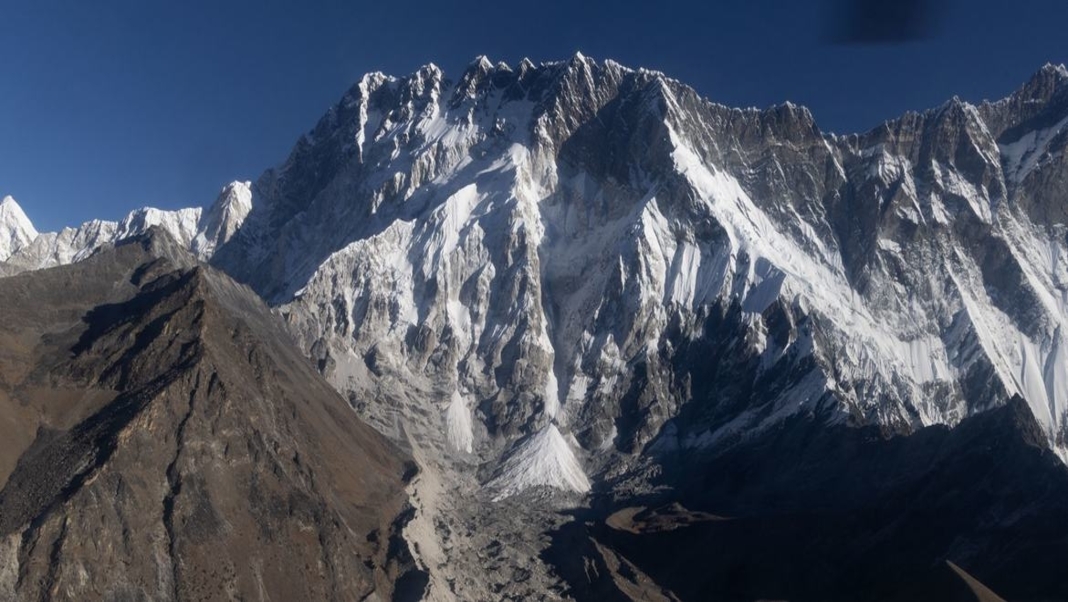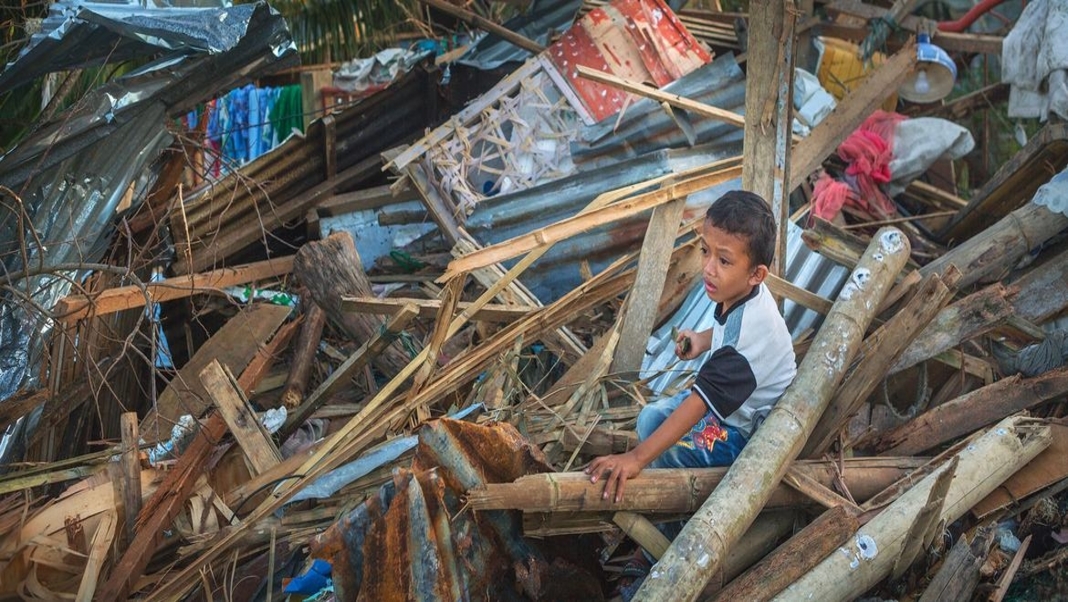Following close on the heels of the study of climate change in Europe, published by WMO on Monday, the State of the Climate in Asia 2023 report highlighted the accelerating rate of climate change across several indicators such as surface temperature, glacier retreat, sea level rise and more.
“The report’s conclusions are sobering. Many countries in the region experienced their hottest year on record in 2023, along with a barrage of extreme conditions, from droughts and heatwaves to floods and storms,” said Celeste Saulo, WMO Secretary-General.
Climate change has exacerbated the frequency and severity of such events that profoundly impact societies, economies, and, most importantly, human lives, she underscored.
With the warming trend almost doubling since the period from 1960–1990, Asia is heating up faster than the global average, with increased casualties and economic losses from floods, storms, and more severe heatwaves.
Faster than average
In 2023, sea-surface temperatures in the northwest Pacific Ocean were the highest on record. Even the Arctic Ocean suffered a marine heatwave. In many areas of the region, including the Arabian Sea, the southern Kara Sea, and the southeastern Laptev Sea, the sea surface is warming more than three times faster than globally. The Barents Sea was identified by the report as a “climate change hotspot”.
Watch how sea levels in the region have changed over time!
According to the #StateOfClimate in Asia 2023 report, sea-level rise rates across most of Asia are higher than the global mean. Check out the report now for more information. https://t.co/GIqKTbhE2q pic.twitter.com/qJqNLBaIKz
— World Meteorological Organization (@WMO) April 23, 2024
Driven by thermal expansion and the melting of glaciers, ice caps and ice sheets, sea level continued to rise globally. However, in Asia, rates were higher than the global mean over 1993–2023.
Last year, the continent (just to vary the language) saw 79 water hazard-related disasters, with over 80 per cent linked to floods and storms, resulting in over 2,000 fatalities and affecting nine million people directly, according to the Emergency Events Database.
Temperatures up, precipitation down
Many parts of the region experienced extreme heat in 2023. Asia’s annual mean near-surface temperature ranked as the second highest on record with 0.91 °C above the 1991–2020 average. Particularly high temperatures were observed from western Siberia to central Asia, and from eastern China to Japan. Japan and Kazakhstan experienced a record warm year.
Meanwhile, the level of precipitation was below normal in large parts of the Turan Lowland (Turkmenistan, Uzbekistan, Kazakhstan), the Hindu Kush (Afghanistan, Pakistan) and the Himalayas, as well as around the Ganges and lower course of the Brahmaputra Rivers (India and Bangladesh).
The Arakan Mountains in Myanmar and the lower course of the Mekong River areas have also seen less rainfall than usual, while Southwest China suffered from a drought, with below-normal precipitation levels nearly every month of 2023.
Despite overall lower precipitation, several extreme events occurred, such as heavy rainfall in Myanmar in May; floods and storms across India, Pakistan, and Nepal in June and July, and record hourly rainfall in Hong Kong in September, to name a few.
Retreating glaciers and receding permafrost
Home to the largest volume of ice outside of the polar regions, the High-Mountain Asia region with the Tibetan Plateau at its centre, has approximately 100,000 square kilometres of glaciers. Over the last several decades, most of those have been retreating, and at an accelerating rate. Twenty out of 22 observed glaciers continued losing mass, yielding to record-breaking high temperatures and dry conditions.

Early warning for all
The report shows that from 1970 to 2021, there were 3,612 disasters attributed to weather, climate and water extremes, with 984,263 deaths and $1.4 trillion in economic losses. The region accounted for 47 per cent of all reported deaths caused by natural disasters worldwide, with tropical cyclones as the leading cause of reported deaths.
To mitigate these impacts, the WMO and its partners advocate for a strong early warning and disaster risk reduction system to save lives and prevent future economic crises exacerbated by climate change.
“Early warning and better preparedness saved thousands of lives,” said Armida Salsiah Alisjahbana, Executive Secretary of the UN Economic and Social Commission for Asia and the Pacific (ESCAP), which partnered in producing the report.
“ESCAP and WMO, working in partnership, will continue to invest in raising climate ambition and accelerating the implementation of sound policy, including bringing an early warning to all in the region so that no one is left behind as our climate change crisis continues to evolve,” she assured.
(Source: UN News)
Also Read: KHADC assures not to issue trading license to a contractor at NEIGRIHMS: KHNAM
Also Watch
Find latest news from every corner of Northeast India at hubnetwork.in, your online source for breaking news, video coverage.
Also, Follow us on-
Twitter-twitter.com/nemediahub
Youtube channel- www.youtube.com/@NortheastMediaHub2020
Instagram- www.instagram.com/ne_media_hub



